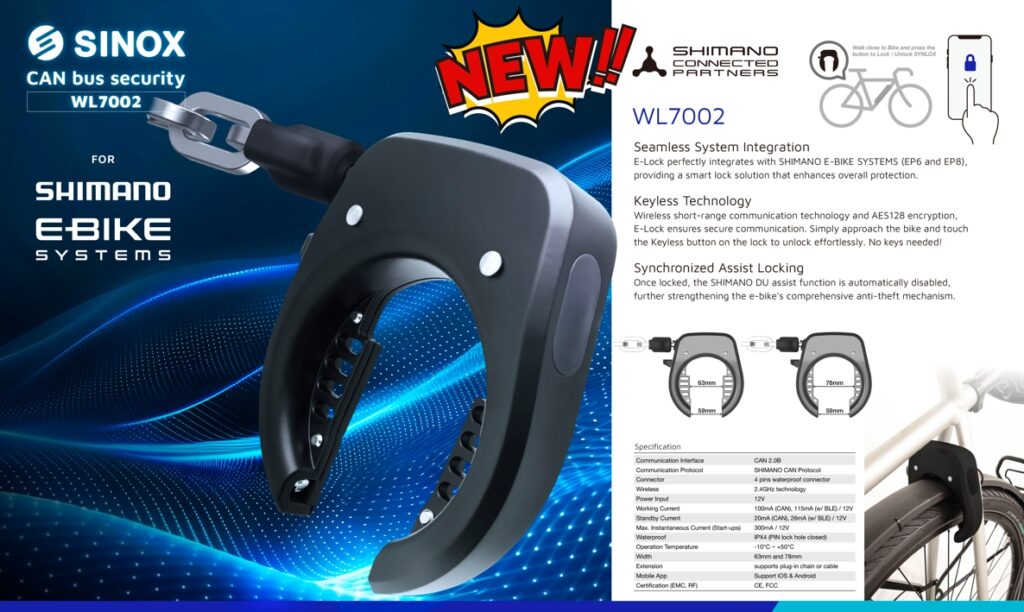The chain is one of the most important bicycle parts in a bicycle, but it’s often overlooked. When it’s working properly, you don’t even realize it’s there—but when it’s not, it’s probably the only thing you think about.
We rounded up six things you might not know about bike chains to help you get the most out this crucial drivetrain component, and celebrate just how impressive your loop of metal links really is.
The earliest bikes didn’t have chains (and some still don’t). Most of us are somewhat familiar with the Victorian-era penny-farthing bikes. If you take a close look, you’ll notice that they don’t’ have chains. To move forward, cyclists turned pedals attached directly to the front wheel, and could only increase their speed by pedaling faster or getting a larger front wheel. Those bikes might look fun to ride (at least for a bit), but falling off one definitely hurt—especially in an era before helmets.
Some bikes still forego chains in favor of Gates Carbon belt drives (which look a bit like tank treads), or even more rarely, shaft-drive systems.
Chains are more complicated than you might expect. With up to 116 links in a standard bike chain, it has more moving parts than any other bike component. Of course, you’ll need to remove some links depending on whether you’re riding a nine-, 10-, or 11-speed drivetrain; your chain should be long enough that it can be shifted onto the largest front chainring and the largest cog on your cassette without jamming, but not so long that it has too much slack in the smallest chainring and cog. The quickest and easiest way to figure out the proper length for your bike is to use your old chain as a guide.
It can be used as a weapon. In 1954, a Scottish man was sentenced to three years in prison for assaulting a Glasgow movie theater manager with, you guessed it, a bicycle chain. Across the internet, you can find accounts of bike chains used as de facto whips or weapons. So if your bike breaks down in the middle of the zombie apocalypse, and you have a chain tool in your saddlebag, you at least have a fighting chance.
How you ride affects the life of your chain. Riding at a high cadence is typically not only more efficient, but also cost effective. Pedaling in a tougher gear puts more stress on the chain, significantly shortening its lifespan. Also, avoid cross-chaining—the practice of using the small chainring and small cog in the rear, or large chainring and large cog in the rear—if you don’t want to stretch out your chain.
Replacing your chain regularly can prolong the life of your drivetrain. Most mechanics agree that you should replace your chain about every 2,000 to 3,000 miles, depending on your riding style. Many Tour De France riders wear out two or even three chains on their primary bike over the course of the three-week race.
The easiest way to determine if you need a new chain is to use a chain-checker, which measures how badly your current chain has stretched. Although a properly maintained chain can technically last nearly 8,000 miles, it becomes much less efficient as it wears and elongates, says Jason Smith of Colorado-based research firm Friction Facts, with two watts of lost power for every one percent of elongation.
What’s more, the gritty grunge that sticks to your chain lube acts as a grinding paste, causing the pins and rollers to wear down. According to Smith, these increases the center-to-center distance of your chain, and this chain stretch will wear out your gears prematurely. So instead of paying $50 for a new chain, you’ll end up paying $300 or more for a new chain, chain ring, and cassette.
You. Must. Clean. Your. Chain. To keep a chain in optimum shape, you need to clean it often. Every pro and amateur wrench has their preferred method. For instance, Park Tool master mechanic Calvin Jones uses Park Tool’s Chain Gang filled with the company’s degreaser every time he cleans, while Josh Simonds (the creator of NixFrixshun chain lube) suggests simply wiping down the chain with a clean cotton rag after every ride; when the chain eventually becomes overwhelmed with contamination, Simonds says, use a nylon brush to scrub it with hot water and Dawn liquid soap. If it’s really filthy, take your bike into your local shop for an ultrasonic cleaning, or take off the chain and shake it around in a Gatorade bottle filled with degreaser.
After the chain is clean, be sure to dry and lube it, wiping away any excess.
BEV.INT’L Corp is the manufacturer of specializing in producing durable and high quality bicycle part and accessories. All of our bicycle parts are manufactured using the industry’s most advanced techniques and under a strict quality-control program. We are proud to specialize in carbon composite manufacture and have significant in-house R&D experience. Learn more information about bicycle part series, please take some time to review our current bicycle parts products. Give us an opportunity to make BEV become your new favorite bike parts and accessories manufacturer!
Article Source: http://www.bicycling.com/repair-maintenance/maintenance/6-things-you-might-not-know-about-bike-chains


